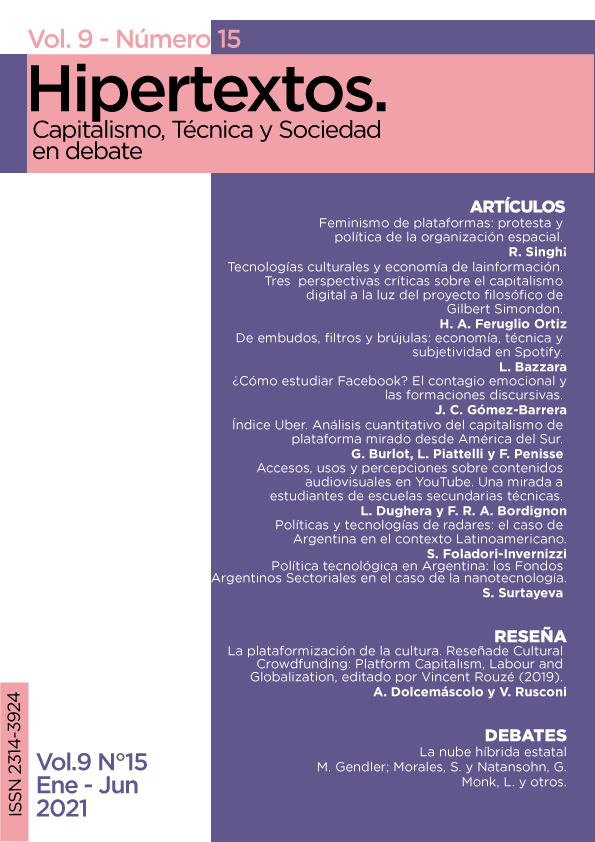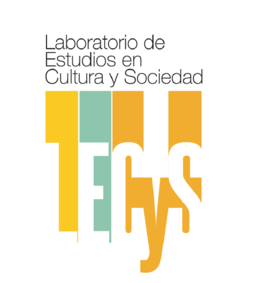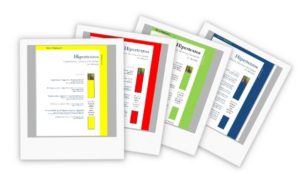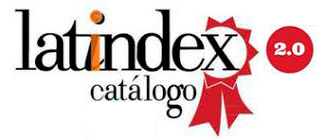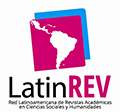The Uber Index
Quantitative analysis of platform capitalism as seen from South America
DOI:
https://doi.org/10.24215/23143924e030Keywords:
Uber Index, Uber, platform capitalism, digital colonialism, transportationAbstract
The Uber Index is created as a contribution that the field of Science, Technology and Society has developed with regards to platform capitalism. The Index is calculated considering the Service Tariff of Uber around the world and its objective is to observe the rent distribution between the drivers of Uber in each city. The collected data in 39 cities were compared with the tariff service of Taxis companies, taking in account that this data values are the reference of traditional capitalism. This comparison allows observing the pricing strategy that Uber develops and the distribution of the rent of this industry following criteria that differs with the one applied before Uber’s incorporation. The affirmation derives from the data that in 36 of the 39 surveyed cities the platform price is cheaper than taxi’s services. The rate of decrease does not follow the cost decreases in the same extent. For a better interpretation of Uber Index, the data was compared with the Human Development Index. From this analysis is verified that the platform capitalism is grouping cities as a way to establish low cost price strategy in medium-high and highly developed countries, and this strategy is eroding driver´s work conditions where the traditional capitalism had better income conditions.
Downloads
References
Bakshy, Messing y Adamic (2015). Exposure to ideologically diverse news and opinion on Facebook. Science. Vol. 348. Pp. 1130-1132. DOI: 10.1126/science.aaa1160
Christakis N. y Fowler J. (2007). The spread of obesity in a large social network over 32 years. N Engl JMed 2007; 357:370-9.
Christakis N. y Fowler J. (2008). The collective dynamics of smoking in a large social network. N Engl JMed 2008; 358:2249-58.
Correa, J. C., García-Chitiva, M. D. P., & García-Vargas, G. R. (2018). A text mining approach to the text difficulty of Latin American peace agreement. Revista Latinoamericana de Psicología, 50(1), 61-70.
El Espectador, (06 oct. 2016), “La cuestionable estrategia de campaña del No”. El Espectador. https://www.elespectador.com/noticias/politica/cuestionable-estrategia-de-campana-del-no-articulo-658862
Foucault, M. (2011). La arqueología del saber. Buenos Aires: Siglo Veintiuno Editores.
Fowler, J. y Christakis, N. (2008a). Estimating peer effects on health in social networks. J Health Econ ; 27:1400-5.
Fowler, J. y Christakis, N. (2008b). Dynamic spread of happiness in a large social network: longitudinal analysis over 20 years in the Framingham Heart Study. BMJ. Doi: 10.1136/bmj.a.2338
Hatfield, Cacioppo y Rapson (1993). Emotional contagion. Curr Dir Psychol Sci 2(3): 96–100.
Hatfield, Cacioppo y Rapson (1994). Emotional contagion. NewYork: Cambridge University Press, 1994.
Hendricks, J. A. & Denton, R. (2010). Political campaigns and communicating with the electorate in the Twenty-First Century. En J. A. Hendricks & R. Denton (Eds.), Communicator-in-chief: How Barack Obama used new media technology to win the White House (pp. 1-18). Lanham: Lexington Books.
Kossinets G, Watts DJ. (2006). Empirical analysis of an evolving social network. Science; 311. pp. 88-90.
Kraft y Donovan (2020). Disinformation by Design: The Use of Evidence Collages and Platform Filtering in a Media Manipulation Campaign. Political Communication, 37. Pp. 194-214
Kramer, AD., Guillory J.E. y Hancock, J. (2014). Experimental evidence of massive-scale emotional contagion through social networks. PNAS (111-24).
Newman, M, (2003). The structure and function of complex networks. SIAM Rev Soc Ind Appl Math 2003; 45:167-256.
Nowak, M. y Sigmund, K. (2005). Evolution of indirect reciprocity. Nature; 437. Pp. 1291-8.
Papa A. y Bonanno, G. (2008). Smiling in the face of adversity: the interpersonal and intrapersonal functions of smiling. Emotion 2008;1:1-12.
Rader, G. (2015). Understanding User Beliefs About Algorithmic Curation in the Facebook News Feed. https://doi.org/10.1145/2702123.2702174
Rosenquist, Christakis y Fowler (2011). Social Network determinants of depression. Molecular Psychiatry. 16. Pág. 273-281.
Simondon, G. (2007). El modo de existencia de los objetos técnicos. Buenos Aires: Prometeo.
Steinert, S. (2020). Corona and value change. The role of social media and emotional contagion. Ethics and Information Technology. https://doi.org/10.1007/s10676-020-09545-z
Sun, E., Rosenn, I., Marlow, C. y Lento, T. (2009). Gesundheit! Modeling Contagion through Facebook News Feed. Association for the Advantacement of Artificial Intelligence. https://www.aaai.org/ocs/index.php/ICWSM/09/paper/view/185/428
Surakka, V.y Hietanen, J. (1998). Facial and emotional reactions to Duchenne and non-Duchenne smiles. Int J Psychophysiol; 29. Pp. 23-33.
Vaccari, C. (2010). Technology is a commodity: the Internet in the 2008 United States presidential election. Journal of Information Technology & Politics, 7, 318-339.
Zajonc, R. (1985). Emotion and facial efference: an ignored theory reclaimed. Science ;5. Pp. 15-21.

